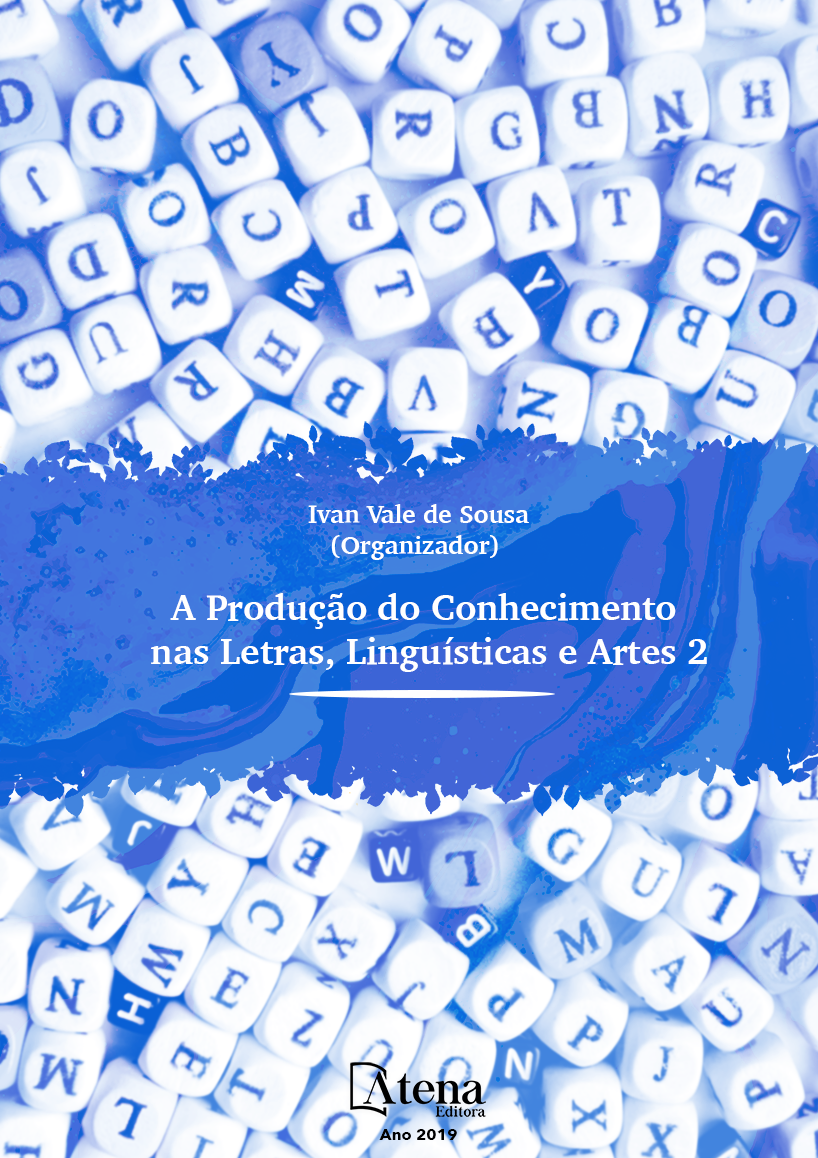
MORFOLOGIA APLICADA À TERMINOLOGIA MÉDICA: UM ESTUDO PARA LINGUISTAS
Com a prática da medicina fez-se
necessária a criação de signos linguísticos para
abreviar nomes de procedimentos, condições
clínicas e doenças. Analisando morfologicamente
o termo histerectomia, descobrimos tratar-se de
um signo que representa a remoção cirúrgica
do útero; profissionais da saúde conhecem
e utilizam esses termos deliberadamente,
havendo a presença um intérprete no ambiente,
é necessário que ele entenda tudo o que foi
dito, inclusive a terminologia. Esta pesquisa tem
por objetivo aprofundar-se de forma bilíngue
nos termos médicos para compreendermos
o significado de cada raiz, prefixo e sufixo e
aplicar este conhecimento à interpretação
tornando-o um facilitador de discurso, e
desenvolvendo a competência terminológica
no intérprete. O estudo sobre a formação de
palavras leva em consideração não o decorar
os termos, mas a desfragmentação, a fim de
se decorar o significado nos pares de idiomas
inglês e português. Em um segundo momento,
coletaremos diversos corpora para provar a partir
de um formulário a efetividade deste método.
Objetiva-se constatar que intérpretes que
utilizaram esta metodologia tiveram facilidade
em responder corretamente o significado de
muitos dos termos apresentados, e que o
conhecimento também os ajudou a desvendar
o significado dos termos desconhecidos por
eles. A falta de conhecimento terminológico
pode causar hiatos na comunicação e isso pode
interferir no bem-estar do paciente. Concluise, então, que o intérprete da área médica
deve buscar dominar a terminologia para
melhor compreender os discursos proferidos
neste ambiente, sendo que saber analisar
morfologicamente um termo é uma ferramenta
poderosa ao lidar com termos desconhecidos.
MORFOLOGIA APLICADA À TERMINOLOGIA MÉDICA: UM ESTUDO PARA LINGUISTAS
-
DOI: 10.22533/at.ed.80719240418
-
Palavras-chave: Morfologia, Terminologia, Área Médica, Intérprete.
-
Keywords: Morphology, Terminology, Medical area, Interpreter.
-
Abstract:
With the practice of medicine
become necessary to create linguistic signs
in order to abbreviate procedures, clinical
conditions, and diseases names. Analyzing
morphologically the term hysterectomy we can
understand that it is a sign which represents
the surgical removal of the uterus. Health
professionals understand and use these terms
willfully and having an interpreter present,
this professional must understand everything
including the terminology. This research aims
to study morphologically and bilingually in
medical terms to understand the meaning of each root, prefix, and suffix and apply this
knowledge in the interpretation, making it a speech facilitator developing terminology
competence. This research aims to split medical terms instead of memorizing them and
understand the meaning of each fragment and them decorate this fragment meaning
in English and in Portuguese. In a second step, we will collect corpora to prove the
effectiveness of this method through a form. Our objective is to verify that interpreters
who used this methodology were able to correctly answer the meaning of many of the
presented terms, claiming that the knowledge obtained helped them to unravel the
meaning of terms that they did not know. The lack of terminology knowledge can lead
to gaps in communication that can damage the patient wellness. It is concluded that
a medical interpreter must master this terminology in order to comprehend this kind
of speech and know how to analyze a term morphologically is a powerful tool when
dealing with unknown terms.
-
Número de páginas: 15
- Bruno Eric dos Santos


